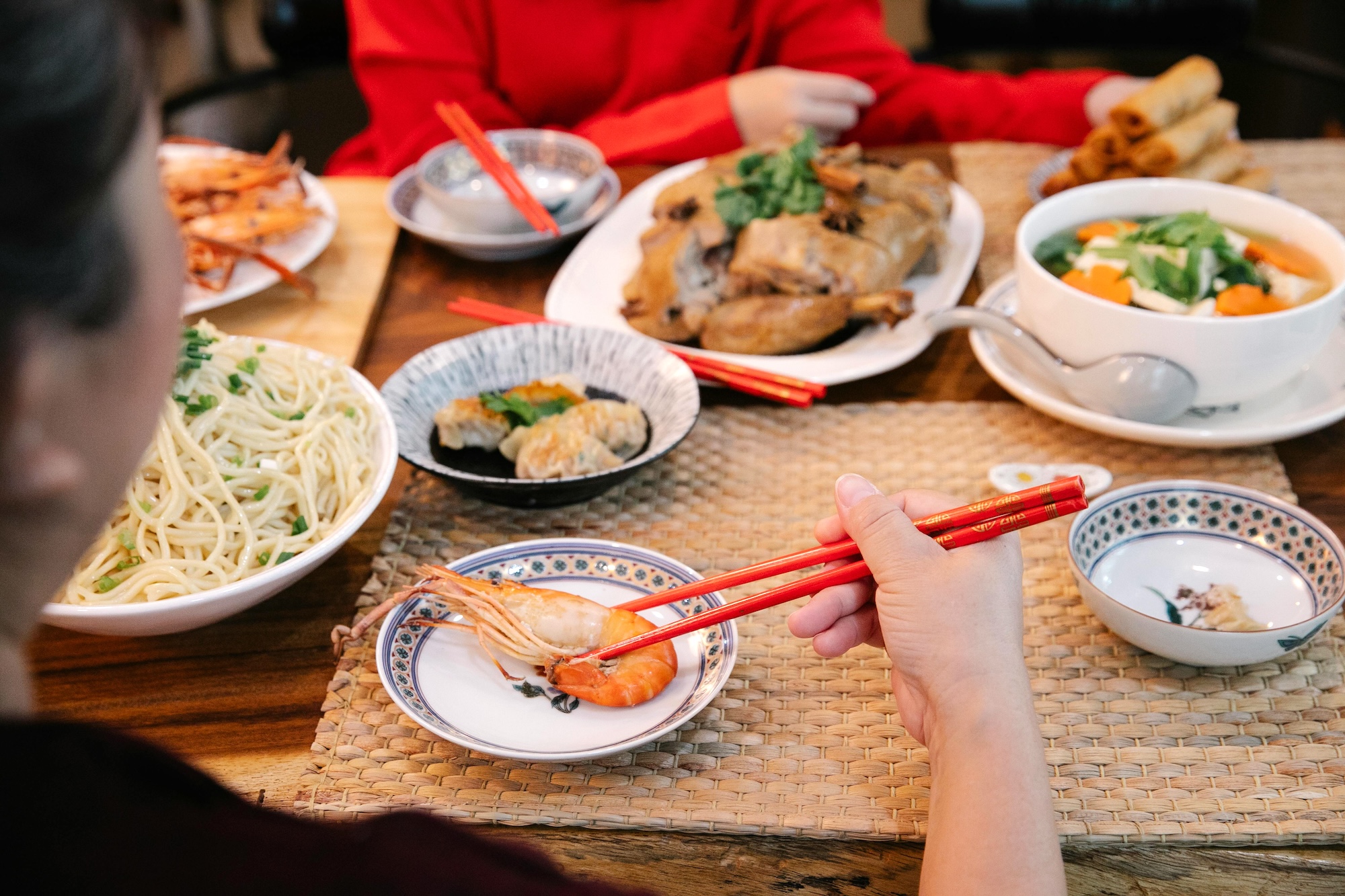It’s time to bring out the mooncakes
Dice games, mooncakes being passed from family to family, and tons of food to go around—these are the hallmarks of Mid-Autumn Festival celebrations here in the Philippines. Set 15 days after the end of Ghost Month, this festive occasion takes place today, Sept. 17, and is primarily celebrated by the Filipino-Chinese community.
Although it is a longstanding Chinese tradition, some elements have been integrated into Filipino culture, with families hosting celebrations of their own to commemorate the occasion.

The Mid-Autumn Festival: A story of star-crossed lovers
But what significance does the Mid-Autumn Festival hold? For one thing, it’s when the moon is believed to be at its brightest and fullest size—hence why it also goes by the name Moon or Mooncake Festival. What’s more, it coincides with harvest time in the middle of autumn, bearing with it a rich history that spans over 3,000 years.
This is why it is just as important of a holiday in Chinese culture, on par with Chinese New Year.
From a mythological standpoint, the Mid-Autumn Festival was born from the story of Chang’e—a goddess in Chinese mythology—who ascended to the moon after consuming an elixir of immortality. Legends say that she took the potion to prevent it from falling into the wrong hands, thus leaving behind her husband, famed archer Hou Yi. The story, however, does not end in tragedy, as the two lovers can reunite once a year—during the Mid-Autumn Festival, no less.
To this day, the tradition of moon worship continues during the Mid-Autumn Festival, with people offering mooncakes as a tribute to Chang’e—an iconic symbol of reunion, love, and longing.
Traditions for every Mid-Autumn Festival celebration
Celebrating the Mid-Autumn festival can be different for families, as it is observed in other cultures within East and Southeast Asian countries. But mainstay traditions include:
- Giving and eating mooncakes. Mooncakes are the highlight of every Mid-Autumn Festival. Round just like the moon and filled with lotus seed, red bean paste, and sometimes, the occasional salted egg yolk, these pastries are commonly eaten and given as gifts to family and friends to show respect and appreciation. More than a gesture of good relations, however, mooncakes bear cultural significance as a symbol of unity, prosperity, and gratitude.
- Lighting and hanging up lanterns. Lanterns are also lit during this special day as a beacon that lights people’s path to prosperity and good fortune, just as it has always lit the way for Chang’e and Hou Yi. From animal shapes to stars and more, these lanterns are often crafted by family members in a fun and engaging lantern-making activity.
- Playing mooncake dice games. Known as “pua tiong chiu” among the Filipino-Chinese folk, this popular Mid-Autumn tradition is a fun family affair that relies on luck and chance. Prizes that take the form of money, snacks, or even everyday items are up for grabs, which participants can win by rolling six dice in a bowl. Different dice combinations correspond to various prizes, with the goal of having as many 4s as possible in your bowl. More than that, this dice game fosters a sense of community, excitement, and merriment among family.
- Coming together as a family. In the true spirit of unity and togetherness, the Mid-Autumn Festival is celebrated in the company of family and loved ones. Filipino-Chinese families commemorate the special day with a lauriat feast—a spread of Chinese food in many courses, with noodles for longevity and eggs for prosperity in some cases. The focus is on family reunions, thanksgiving, and sharing, while savoring cherished moments of togetherness.
A celebration of love and togetherness
After the month-long standstill that the Ghost Month brings, the Mid-Autumn Festival serves as a vibrant celebration that brings together family and friends. Whether you’re rolling the dice for prizes, savoring mooncakes, or enjoying the company of loved ones, the Mid-Autumn festival shines as a symbol of unity and prosperity—important pillars in Chinese tradition—that light up our lives as brightly as the full moon in the night sky.